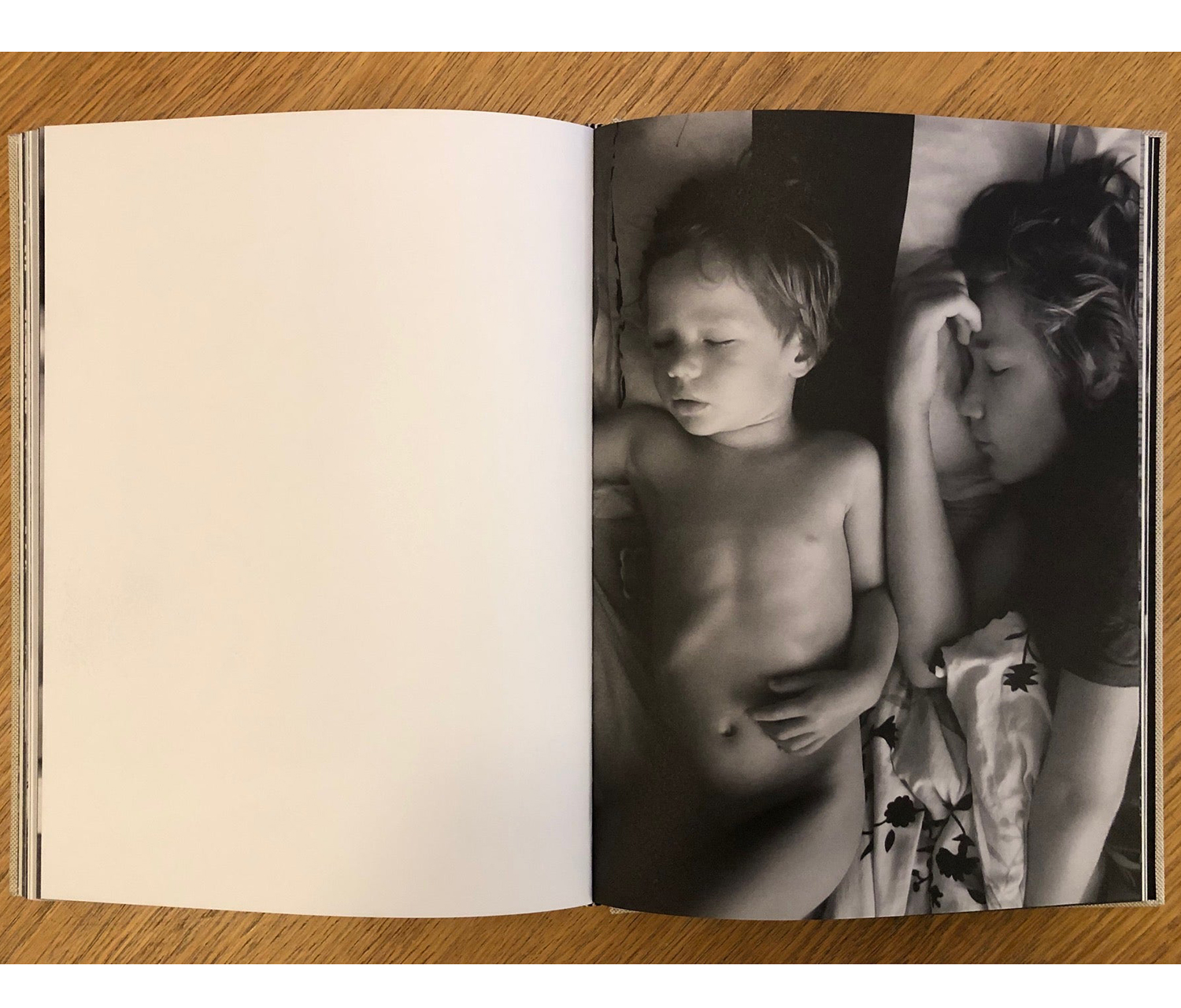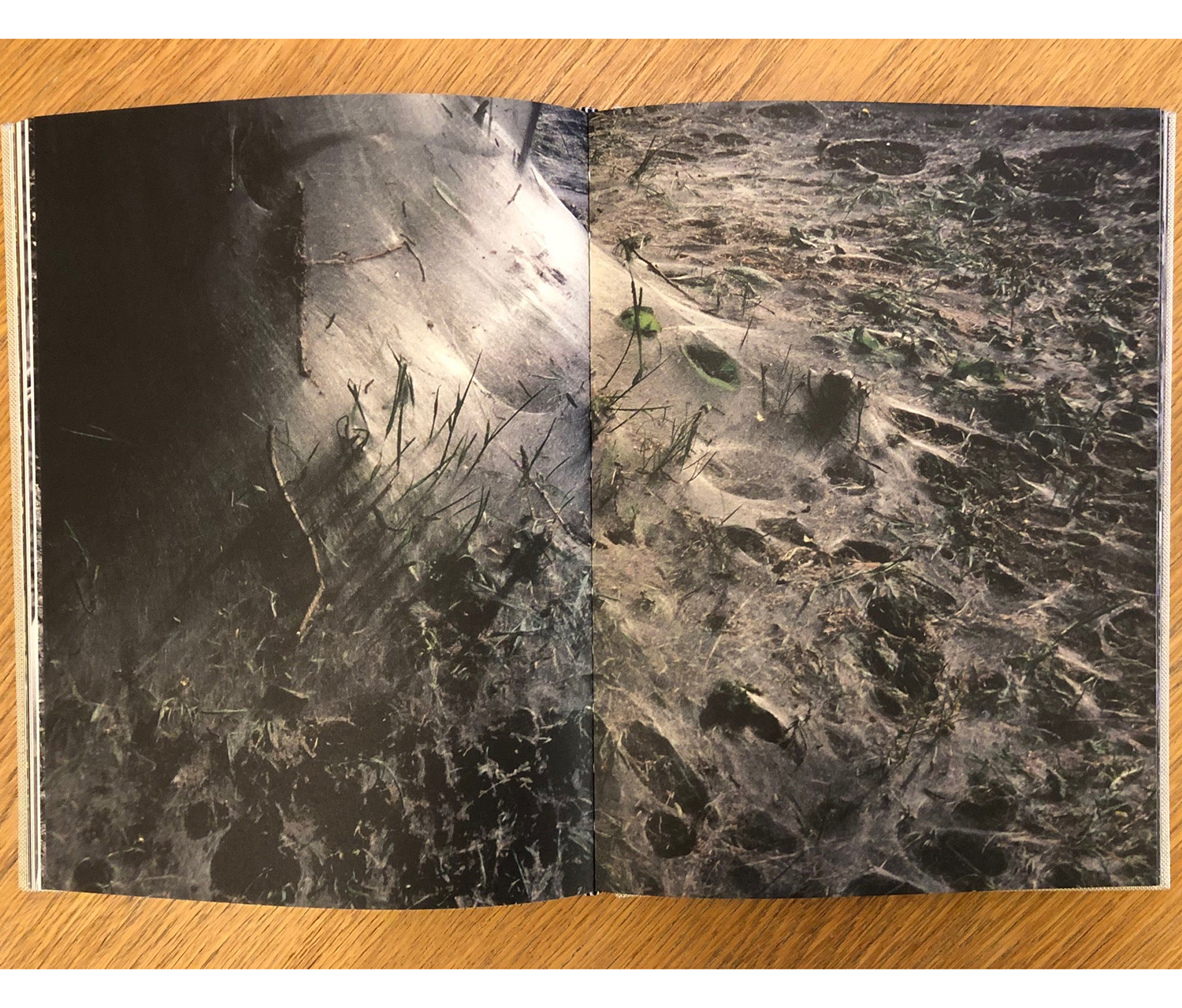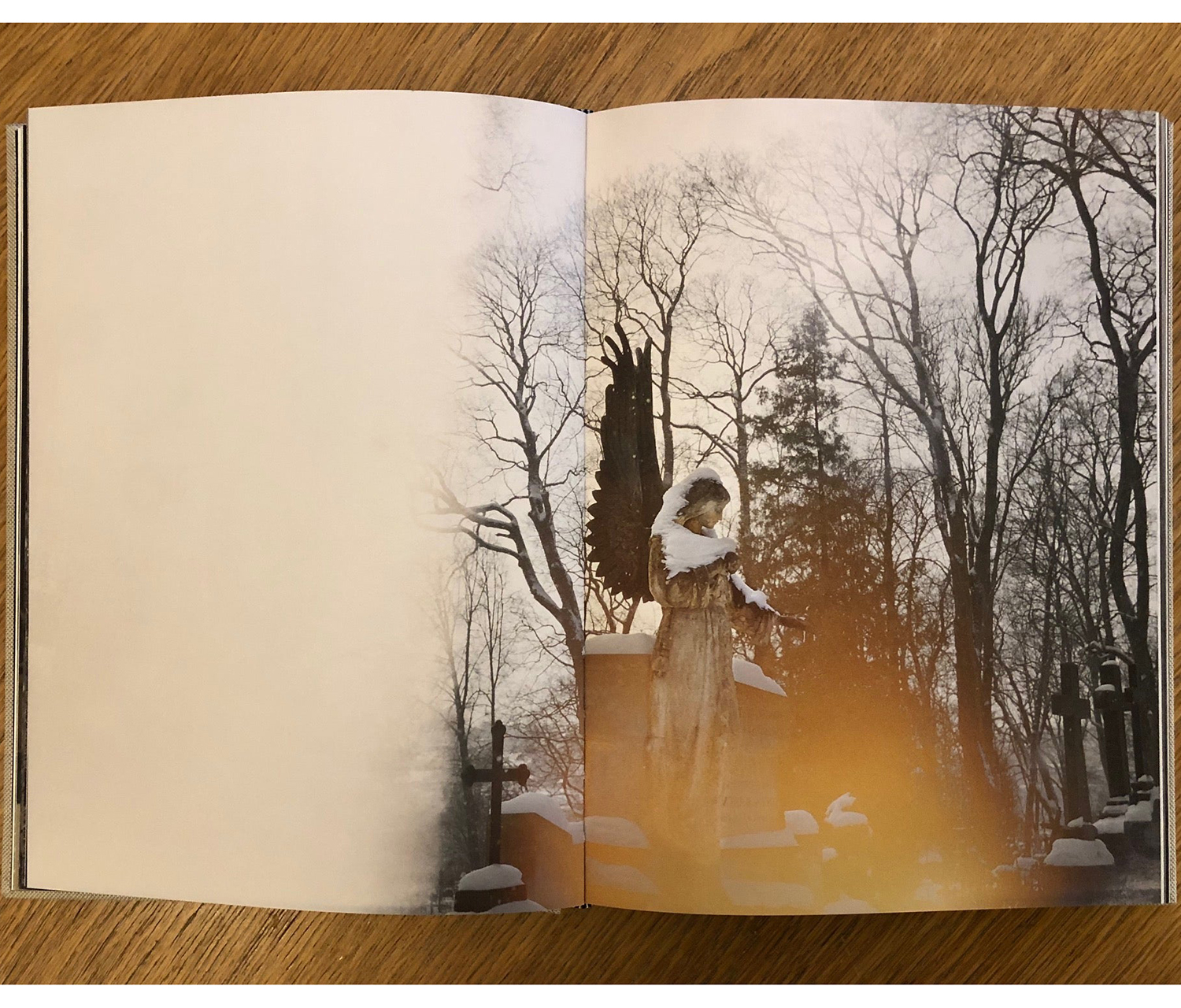“We are stories.
We tell them to create and express ourselves.
What kinds of stories do Central Eastern Europeans living in Lithuania tell?
As a rule, their narratives are dramatic and tinged with melancholy. That is how people in this part of Europe pass an important piece of knowledge from one generation to the next: that this is a land frequently battered by historical storms that easily toss people about like sailboats in an angry sea capable of breaking or drowning the lives of individuals, societies, and states.
Indeed, if the last century, often referred to as an age of horrors and extremes, showed that such storms can psychologically traumatise, physically cripple, or even kill practically virtually any European, this is even more true for those living in what American historian Timothy Snyder refers to as the continent’s “bloodlands”.
Lithuania is positioned at the very epicentre of these “bloodlands”. And that is why Lithuanians, who between 1914 and 1990 survived two world wars, the creation of an independent state in 1918 and its dissolution barely two decades later in 1940, the sequence of Soviet, Nazi, and then again Soviet occupations, the Holocaust, Stalin’s repressions and deportations, an anti-Soviet partisan war and that regime’s cruel reckonings with the fighters for freedom, myriad forms of psychological violence in everyday life, periods of economic upheaval and scarcity often describe their existence and experience using two words: “feeling unsafe”. This feeling is written into my parents’ and grandparents’ body language, their sighs, their glances and silences.
…
These complex, painful, and traumatic experiences shape individual and societal identities, make forgetting almost impossible, and transcend the limits of any single individual’s or generation’s boundaries, thus often becoming important forces shaping society’s present.
The people looking out at you from Joey Abrait’s book of photographs speak silently about things … Each one of them is a distinct and original story. Bearing witness to the stories they create themselves with gestures and glances.
With these photographs the meaning and depth of their experiences are revealed before your eyes.”
/ Aurimas Švedas, Assoc. Dr., Vilnius University
Specifications: Journal Photobooks ・ 2022 ・ Hardcover ・ 18,4 x 25 cm. / 120 pages ・ Lithuanian / English ・ 978-91-87939-64-8


































